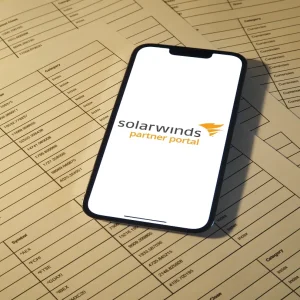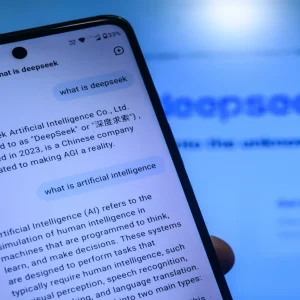
In 2016, 600 million connected things will be added to the already existing 1.1 billion deployed across cities worldwide. Yet, according to Gartner, in 2017 this will surge by nearly one billion topping approximately 2.7 billion connected things.
Smart homes are set to take the leadership in terms of the amount of connections with 586 million this year and one billion by 2017. This is followed by smart commercial buildings (2016: 354 million; 2017: 648 million), utilities (304 million; 371 million) and transport (298 million; 371 million).
CBR lists five crucial technologies to the existence of smart cities.
Orchestration platforms
One of the biggest advantages of smart cities is the visibility they give into to any sort of scenario within the city. This goes from collecting data to help bespoke schedules of rubbish collection to real-time emergency information.
Yet, with millions (and in the future billions) of sensors, gateways, and other hardware, plus all the software, including service oriented systems, enterprise software systems, the cloud, social software systems, etc, it is crucial that city planners look into orchestration platforms.
Orchestration platforms allow operators to aggregate different applications and automatically coordinate and manage all the different components of a smart city, from IT to processes.
These platforms require reliable IT infrastructure and strong network connections, such as Wi-Fi. Benefits include, but are not limited to, faster customer experiences, faster problem detection and an overall picture of the whole city infrastructure.
An example of an orchestration platform, which is being used by Telefonica for IoT deployments, is ISPM‘s NetVision IoT. The orchestration company designed the product to answer ever changing SLAs.
NetVision IoT can be deployed alongside existing infrastructure. The integrated platform has the ability to bring together most smart city assets such as grids, parking, logistics, networks and others.
Process automation systems
While orchestration platforms aggregate two or more assets of a given city, process automation systems (PAS) can be used individually to automate control of one of those processes.
Process automation systems have been mostly used in the industrial sector, however, with the IoT, this sort of systems are making their way into the wider world.
In the smart city for example, they can be used to help automate the transportation system, or simply control the region’s street lighting network.
With PASs, human intervention is almost not needed. With its automation capabilities, the system can decide on relevant tasks and prioritise actions (for example, switching on/off a street’s traffic signs) depending on sensor data and the urgency of doing so at a given moment.

Geographic information systems
Geographic information systems (GIS) are the brain of mapping tools in the 21st century and are essentially a spatial digital database.
In order to deliver the right outcome, GISs require data input, from maps, aerial photos, satellites, surveys, and other sources, as well as data storage capabilities, both for retrieval and query.
In addition, these systems also do the analysing and modelling of data including spatial statistics and data reporting, such as maps, reports, and plans.
Such systems are also faster and generally more detailed and up-to-date than other geography tools such as cartography and spatial statistics.
In the smart city context, GISs can be used for several applications, including parking information, help with development plans, travel information, and so on.
M2M and wider connectivity
Connectivity is at the core of smart cities. A city can only be truly smart if it has the right network that allows devices, services, vehicles, people and other things to communicate between themselves and main control systems.
Wi-Fi, RF mesh networks, cellular networks, including 4G and 5G, are needed and smart urban planners need to deploy a strong connectivity architecture across the whole city.
Wireless M2M applications are also valuable to cities. M2M is the industry’s term for the communication happening between mechanical and electronic devices.
Such communication can happen wirelessly with the help of sensors, RFID wireless communication, and others.
Supervisory control and data acquisition
Supervisory control and data acquisition, also known as SCADA, is an industrial automation control system. Its applications in the smart city are vast and span from energy grids, to transportation systems, water management processes and utilities.
In order to work, SCADA needs several sensors feeding data into the system. Operators might also put in data manually.
Once the data makes it to the system, this is sent to programmable logic controllers or remote terminal units, which then send that information to computers with SCADA software through LAN or WAN networks.
The final product will be visually displayed to operators, which will then be able to put in place the right measures to improve overall efficiency and reduce waste of water, power, and more.
Yet, while considering all these technologies, those building the cities of tomorrow need to also elaborate a strong smart city security roadmap from the beginning.






